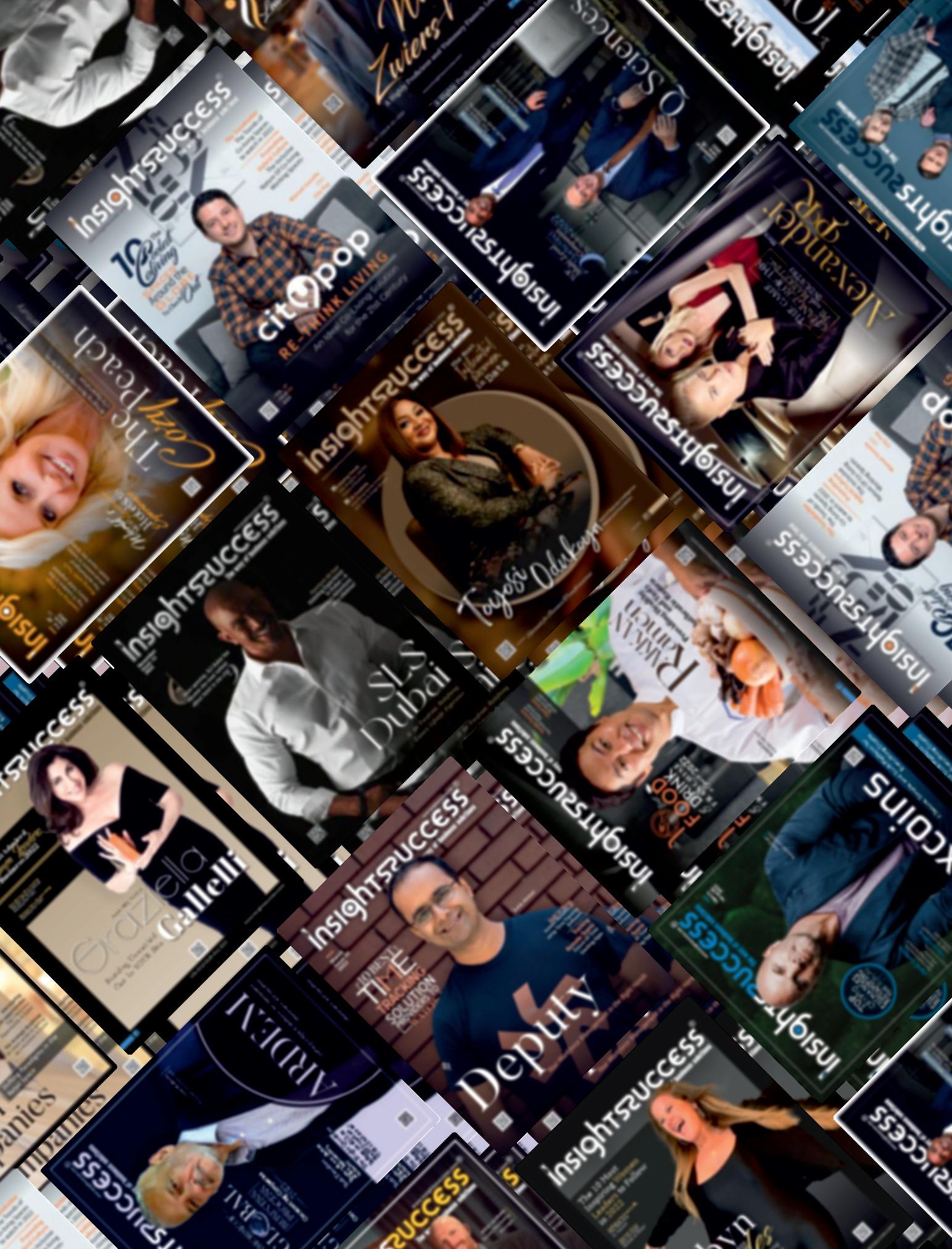STELLA AMBROSE
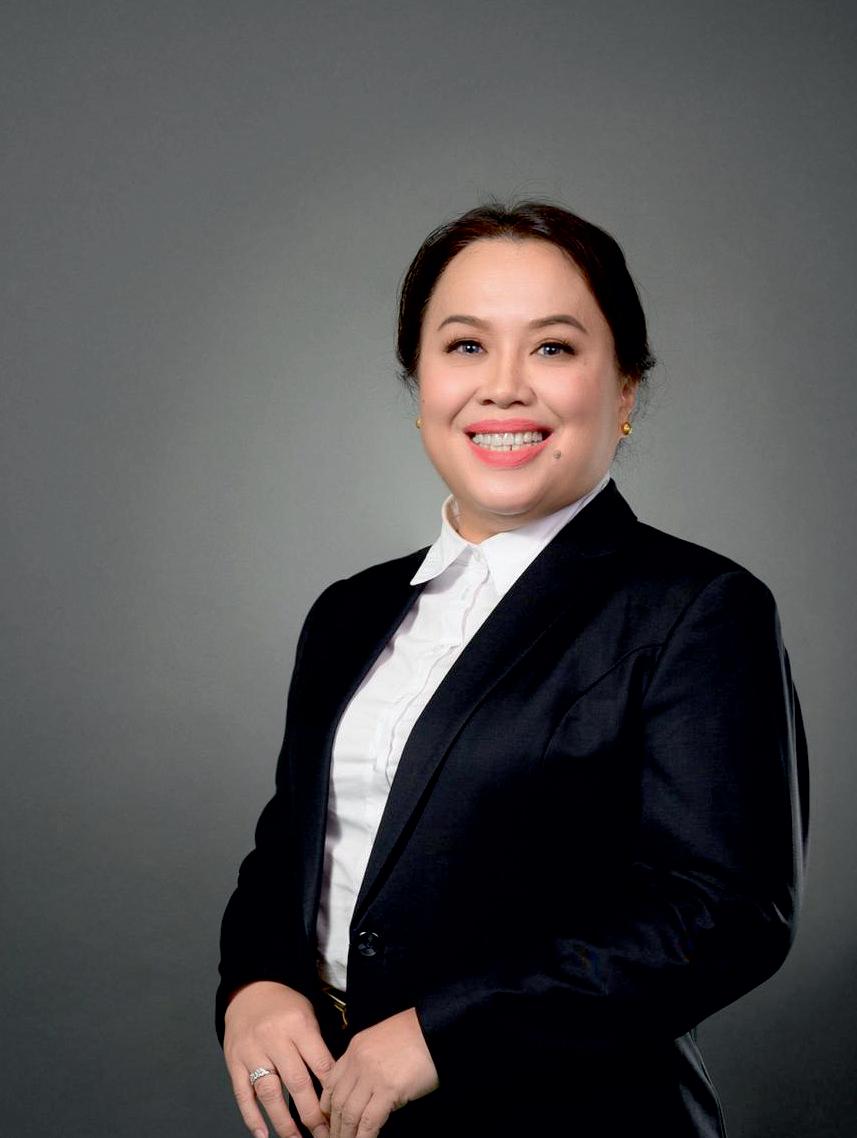


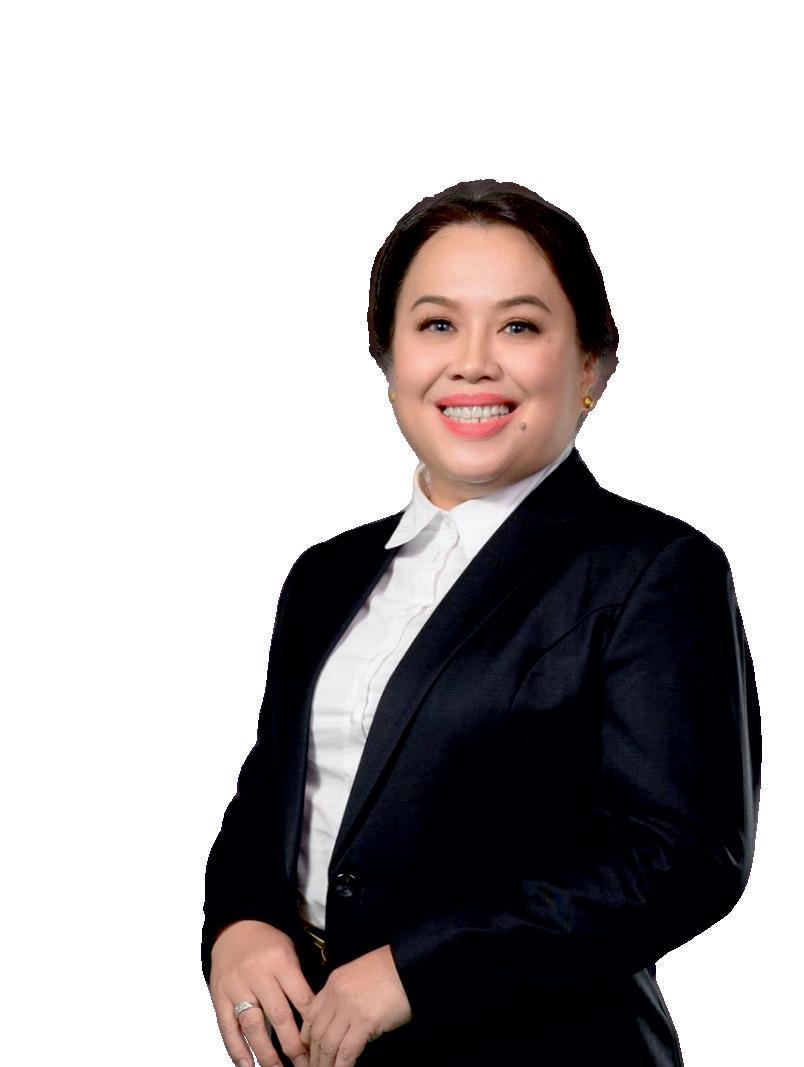


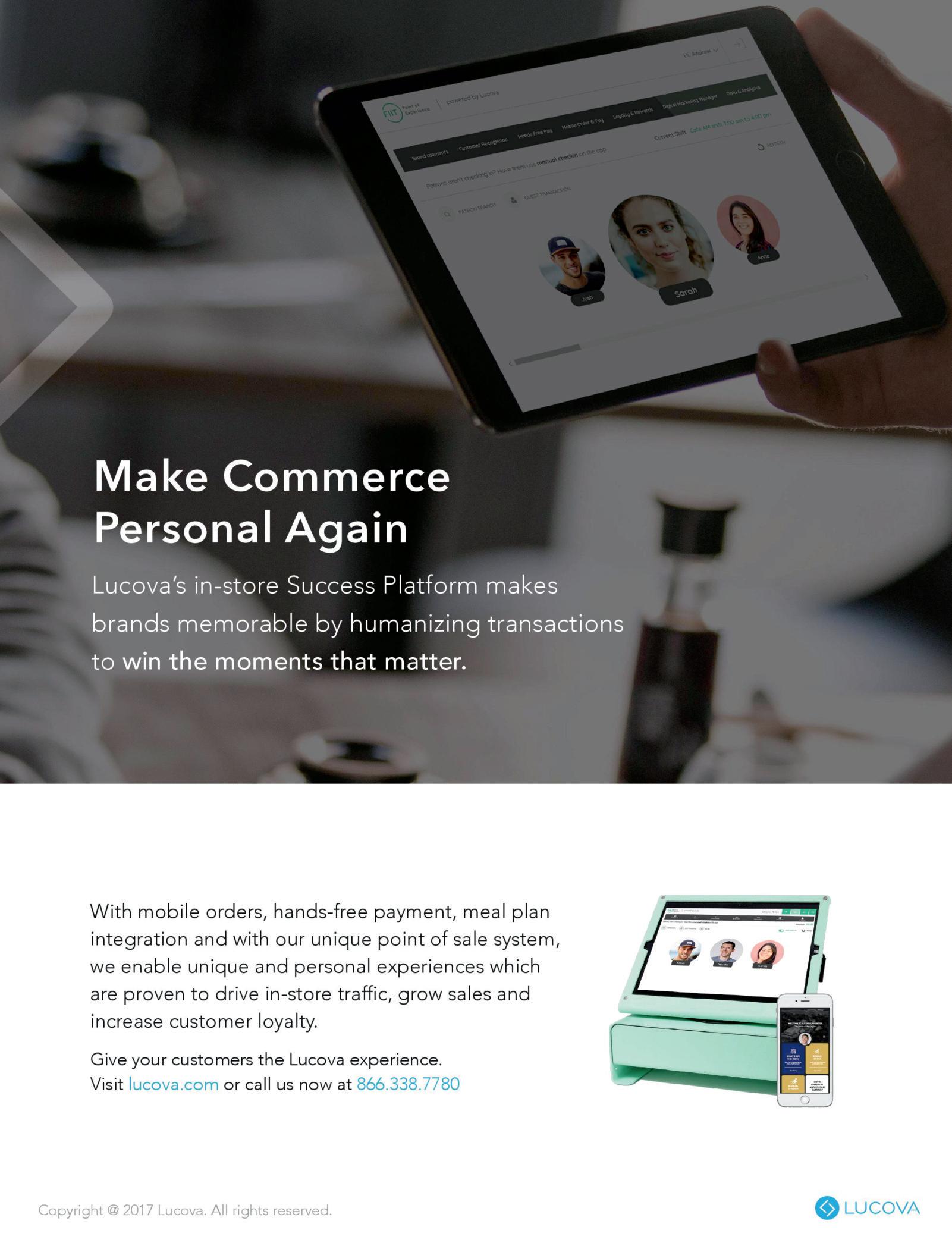












Every once in a while, the world witnesses a leader
whose journey is powered not by privilege, but by perseverance. Someone who breaks molds, not for the sake of rebellion, but because they simply refuse to be definedbylimits.StellaAmbroseisonesuchleader—aliving testament to what sheer willpower, commitment, and bold leadershipcanachieve.
With over three decades of experience in the palm oil industry, Stella has not only climbed to the highest ranks of leadershipbuthasalsotransformedtheveryterrainshestands on. In a sector often described as gritty, complex, and historicallymale-dominated,Stellahasemergedasaforceof nature—reshaping systems, opening doors, and redefining whatsuccesslookslikeforwomeninindustry
Today,astheDeputyGroupChiefExecutiveOfficerofSawit Kinabalu Group, she serves as a rare blend of strategic foresight,operationalexcellence,andpeople-firstleadership. Her journey is not just about professional milestones—it’s about impact. It’s about creating cultures where gender no longerdictatesopportunity.It'saboutelevatingsustainability as a core business value, long before it became a corporate buzzword.And it's about leading with integrity, even when thepathisuncertain.
Stella’s rise is not a story of overnight success. It is a story forgedinlongdays,toughdecisions,andarelentlessbeliefin thepowerofinclusiveleadership.Hertechnicalexpertisehas driven transformation; her vision has inspired change; her presencehaspavedthewayforthenextgenerationofwomen leadersinagricultureandbeyond.
InspirationalIcontoLookforin2025isnotjustatitle—itisa reflection of Stella Ambrose’s legacy in motion. Her story reminds us that leadership is not about command. It’s about courage.Andthosewholeadwithbothheartandheadleave behindmorethanresults—theyleavebehindpossibility.
Thisfeatureisatributetothatspirit.
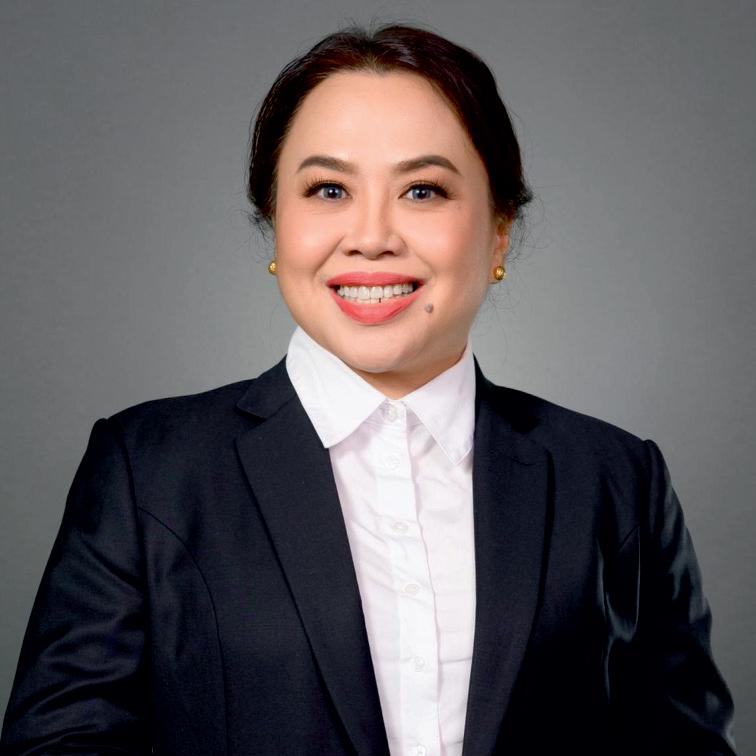
F E A T U R I N G
Stella Ambrose
Breaking Barriers and Building Legacies
18
The Leadership Multiplier: Creating Cultures That Thrive, Perform, and Elevate Others
22
Strategic Leadership for the Next Era: Balancing Innovation, People, and Performance in Disruptive Times

Art
Business
Business
Digital
Co-designer
Marketing













Deputy Group Chief Executive Officer






In a field where change is frequently overshadowed by tradition, some leaders get to the top out of sheer willpower One such trailblazer is Stella Ambrose, who’sincrediblethree-decadecareerinthepalmoilindustry has not just redefined operational standards but also dismantledgenderbarriersinatraditionallymale-dominated field. She is currently the Deputy Group Chief Executive Officer of Sawit Kinabalu Group is serving as a unique combination of inclusive leadership, strategic vision, and technicalproficiency.
FrommodestoriginsinPapar,Sabah,andaprofessionborne ofneed,shetransformedearlysetbacksintoopportunitiesfor landmark successes.Vision and tenacity are the foundations of her leadership, which helped her grow from a teenage engineerfightingprejudicetoMalaysia'sfirstfemalepalmoil millmanagerand,eventually,arespectedvoiceinexecutive decision-making circles. As a strong proponent of systemdriven innovation, she is playing a key role in integrating digitaltransformationatSawitKinabaluGroup,transforming engineering techniques, and spearheading sustainability projects.
Stella’sleadershipphilosophytranscendstheworkplace.She ispromotingaholistic,integratedapproachtolife,fostering authenticity, creativity, and community in corporate environments Her role as a mentor, strategist, and changemaker is not just elevating operational performance but also inspiring a new generation of professionals particularly women to challenge norms and lead with purpose.
She is dedicated to her primary goal of creating an environment where creativity flourishes, individuals feel empowered, and progress is shared, even as the company continuestochangeunderherleadership.Herstoryisserving as an example of what can happen when conviction and couragearecombined.
TheAccidentalPioneer
"It was desperation that led me to this career path." Stella admitswithcharacteristichonesty BornonJuly18,1972,in Papar,Sabah,intoafamilythatheldeducationinthehighest regard, she was raised by a mother who passionately advocated for equal opportunities for both men and women. Thisfoundationalbeliefwouldprovecrucialinthechallenges thatlayahead.
Asanintrovertedstudentwhoconsistentlyrankedamongthe top three in her class from kindergarten through secondary school,Stellahadalwaysenvisionedacareerintheoilandgas industryalongsideherbestfriend.Whileherfriendheadedto theUnitedStatesforherChemicalEngineeringstudies,Stella pursued hers at the University of Manchester Institute of ScienceandTechnology(UMIST)intheUK.
Upongraduationin1994,theoilandgassectorinSabahwas largely untapped, leaving limited opportunities for fresh graduates. When the Sabah Land Development Board (later corporatized to Sawit Kinabalu Sdn Bhd) offered her a positionasaTraineeAssistantEngineer,sheacceptedoutof necessityratherthanpassion.
"Little did I know that this decision would earn me a title that would shape my journey in ways I never anticipated." she recalls.Theexcitementofbreakingnewgroundwasquickly overshadowedbythestarkrealityofgenderbiasesthatwould challengeherateverylevel.
The early years were a trial by fire. Male counterparts questioned her expertise, dismissed her ideas, and perpetuated stereotypes that had no place in a modern workplace. Yet instead of succumbing to frustration, Stella chosetochannelherenergyintoprovingthemwrong.
"Each challenge I faced became an opportunity for growth. I embraced my role, using every setback as motivation to excel further."sheexplains
"Leadership is not about titles; it's about impact. Focus on nurturing others, and you'll find that the journey to becoming a great leader unfolds more naturally than you might expect.”
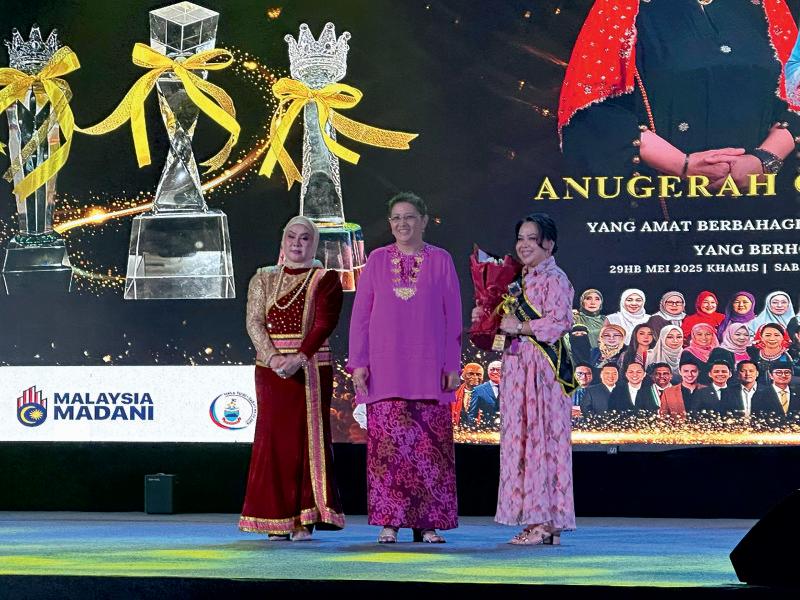


Her approach was methodical and vision-driven.As a fresh engineer, she noticed the stark contrast between the engineering principles she had studied and the prevailing practices in the mills.Where others saw mill breakdowns as inevitable,shesawpreventivemaintenanceasthefoundation ofoperationalexcellence.

Manyintheindustryviewedmillbreakdownsasaninevitable partofthejob,believingthattheabilitytofixmachinerywas synonymous with productivity She explained that she recognized this approach as merely a firefighting tactic that wastedbothtimeandresources.


"I do not separate my professional and personal life, as they coexist as facets of a single, cohesive existence. This interconnectedness fosters a holistic approach to life where each aspect informs the other, creating a continuous cycle of growth and development.”
Armed with this insight, Stella patiently waited for the right role that would allow her to champion her vision. Her systematic approach to change became her trademark. She introduced comprehensive preventive maintenance systems, investedinsoftwaretostreamlinemonitoring,andprioritized employeetrainingtoenhanceskills.
Her achievements during this period were groundbreaking. ShewroteanddocumentedthefirstSafeOperatingProcedure forSawit'spalmoilmills,setupthefirstcomputerizedCPO StorageTanksUllageMeasurementSystem,andbecamethe firstladyengineerinMalaysiatoacquireboththe2ndand1st GradeSteamEngineerCertificateofCompetency.
In 2002, eight years after joining the industry, she achieved anothermilestonebybecomingthefirstfemaleMillManager inapalmoilmill.Thepromotioncameafteryearsofproving her competency and leadership skills, during which she had supervised everything from mill operations to major constructionprojects.
Herrisethroughtherankscontinuedwithstrategicprecision. In 2010, she reached another historic milestone as the first woman General Manager for the Processing & Engineering DivisionofanoilpalmplantationcompanyinMalaysia.This roleallowedhertofullyimplementhervisionofoperational excellenceandinnovation.
Underherleadership,SawitKinabaluunderwentacomplete transformation.SheledtherestructuringoftheProcessing& EngineeringDivision,spearheadedtheimplementationofthe company'sstrategyof"TurningWasteintoWealth,"andwas instrumental in establishing Sawit's first successfully run BiogasPowerPlant.
"Every step I took was motivated by the desire to bridge the gaps between the industry's reality and the ideal I envisioned." she reflects. Her initiatives extended beyond operationalimprovementstoincludesustainabilitymeasures, quality management systems, and the establishment of the company'ssustainabilityunit.
Stella'sexpertiseandleadershiphaven'tgoneunnoticedinthe widerindustry From2018to2020,sheservedasamemberof the Malaysian Palm Oil Board's (MPOB) Programme AdvisoryCommittee,aprestigiouspositionthatallowedher to influence the overall direction of palm oil research in Malaysia.
Her commitment to education and mentorship is equally impressive.Forfourconsecutiveyears,sheassistedtheteam from the UMS Chemical Engineering school in winning prizesintheyearlycompetitiononChemicalProcessDesign organized by the Institute of Engineers Malaysia This dedication to nurturing the next generation of engineers reflectsherbeliefinthepowerofeducationtotransformlives.
In 2023, she completed her MBA from the University of Malaya-Wales,demonstratinghercommitmenttocontinuous learning and professional development Her academic achievements, combined with her practical experience, positionherasathoughtleaderintheindustry
ThePhilosophyofIntegratedLeadership
What sets Stella apart as a leader is her philosophy of integrated living Unlike many who strive to separate professionalandpersonallife,shebelievesinaholistic
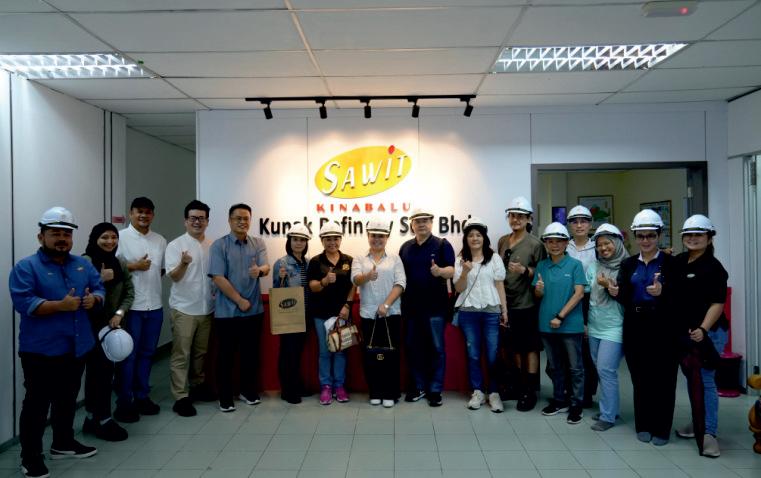
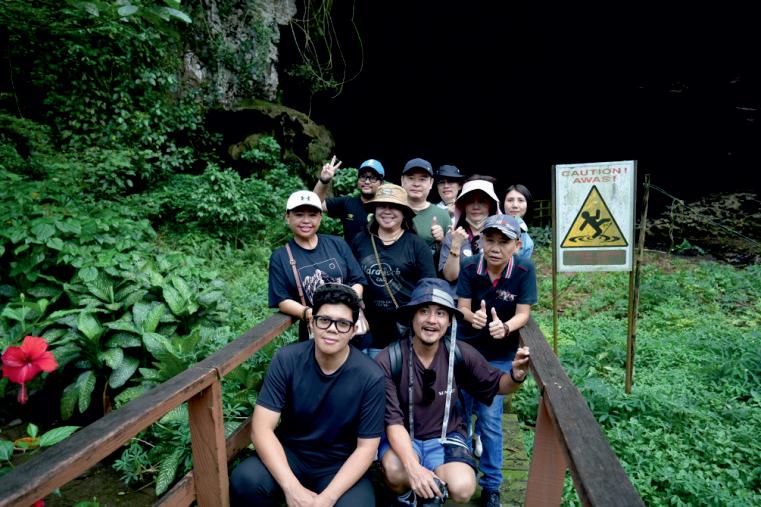
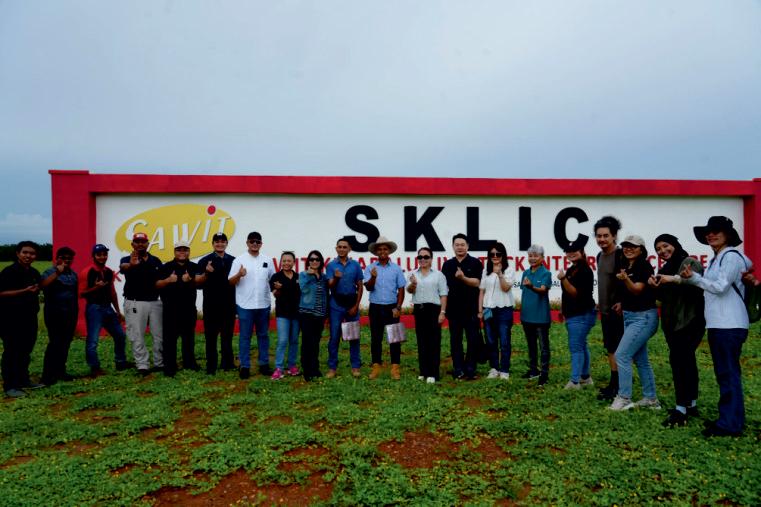

"Each challenge I faced became an opportunity for growth. I embraced my role, using every setback as motivation to excel further.”
approach where both realms coexist as facets of a single, cohesiveexistence.
"I do not separate my professional and personal life, as they coexist as facets of a single, cohesive existence "This interconnectedness fosters a holistic approach to life where each aspect informs the other, creating a continuous cycle of growthanddevelopment."sheexplains
Thisphilosophyhasenabledhertomaintainauthenticityinall her interactions, build deeper connections with colleagues and clients, and adapt more effectively to life's unpredictabilities.Ratherthanseekingwork-lifebalance,she focusesonachievingwork-lifeharmony
AsDeputyGroupManagingDirector,Stella'svisionextends far beyond operational excellence She envisions transforming the workplace into what she calls a "playground" a space where creativity flourishes and everyonecanachievetheirfullestpotential.
"Imagine stepping into an office that buzzes with positive energy,aplacewhereideasflowfreely,andteammembersare encouraged to think outside the box," she describes. Her vision includes integrating spirituality into the corporate landscape,creatingenvironmentsthatencouragemindfulness practices,nurtureauthenticconnections,andpromoteasense ofbelonging.
Herbusinessappetiteremainsrobust,particularlyinherrole leading a Government Link Company that serves as the investment arm of Sabah's state government. She advocates for aggressive yet thoughtful growth strategies, including mergers and acquisitions when they present clear opportunitiesforacceleratedgrowth.

The COVID-19 pandemic presented new challenges that Stellaandherteamnavigatedwithcharacteristicinnovation. Rather than merely surviving the crisis, they used it as an opportunity to enhance their operations through digital transformation, strengthen local supply chains, and implementsustainablelaborpractices.
"We embraced technology not merely as a means of survival, but as a way to enhance our efficiency and adaptability." she explains The pandemic reinforced her belief in the importance of open communication, flexibility, and maintainingstrongrelationshipswithallstakeholders.
Today, as Stella marks 30 years in the palm oil industry, she seesencouragingsignsofchange.Morewomenareentering engineeringroles,leadingteams,andtransformingindustries. Hermother'svisionforequalopportunityisfinallybeginning toflourish.
Her advice to aspiring leaders is grounded in her own experience: embrace continuous learning, develop strong relationships, don't shy away from failure, communicate clearly and transparently, lead by example, and always recognizethecontributionsofothers.
"Leadership is not about titles; it's about impact. Focus on nurturing others, and you'll find that the journey to becoming agreatleaderunfoldsmorenaturallythanyoumightexpect." sheemphasizes
As Stella looks toward the future, her message is one of resilience and optimism. She believes that there is no such thing as a good or bad life situation only circumstances that arise at the right moment to support personal growth and transformation.Accordingtoher,nomatterhowdifficultthe situation may be, one must rise, prepare, face the day and nevergiveup.
Her journey from a desperate graduate to a pioneering industry leader serves as an inspiration to countless women andmenwhofacetheirownbarriers.Throughthreedecades of challenges and triumphs, she has proven that with determination, vision, and unwavering commitment to excellence, it's possible to not just break barriers but to transformentireindustriesintheprocess.
In an industry traditionally dominated by men, Datin Stella Ambrose stands as a beacon of what's possible when talent, determination, and vision converge. Her story is far from over,andasshecontinuestoleadSawitKinabaluGroupinto new territories of growth and innovation, she remains committed to her goal: creating workplaces where everyone canthriveandachievetheirfullestpotential.




In any company—a startup, a school, a social enterprise —leadership is commonly thought of as one voice for many But the most powerful leaders are not solo acts. They are multipliers forces who liberate the untapped potential in others, enlarge team smarts, and build cultures thatdon'tmerelyendurechangebutwinwithit.
Welcome to the Leadership Multiplier era—a model and mindsetthatenablesindividualstolead,perform,anddevelop together
Traditional leadership models have long been based on control: giving too little direction, too much monitoring of performance, and keeping operations in check. But this predictability-built model collapses when confronting complexityandvelocitynewcomers.
Multipliersrecognizethatnooneleaderhasallthesolutions. Rather than demanding, they develop. Rather than draining, they increase. They see that their highest contribution isn't geniusalone—butthepowertoelicitgeniusinothers.
Leadership multiplication is ultimately about multiplying capacity,notcontrol.It'saboutgettingbetterquestionsasked, powering decentralized decision-making, and creating a culture where initiative and cooperation are not merely encouraged—butanticipated.
Performance is not an accident. It flourishes in cultures that areintentional,inclusive,andgrowth-minded.Multipliersare buildersofsuchcultures.Theycreatesystemsthatincentivize contributionratherthancompliance,collaborationratherthan competition,andpurposeratherthanpressure.
Theyunderstandthatculturedoesnotconsistofpostersonthe wall—it'sbuiltbyday-in-day-outmodeledbehaviors:
• Thewayfeedbackisdelivered.
• Thewayfailureisaddressed.
• Howpraiseisspread.
• Howvoicesareheard—particularlythesoftones.
When individuals are psychologically safe, they become more courageous, learn more quickly, and excel more than those working under fear or rigidity. Multipliers establish trust by being open, consistent, and genuine. And through this,theyaccessadegreeofdiscretionaryenergythatcan'tbe demanded—onlymotivated.
FromTalentKeeperstoTalentAmplifiers
Multipliers don't merely hire talented people—they make thembetter.They'reforcemultipliersfortalent,potential,and purpose.
Whether it's an educator developing future changemakers or a CEO developing a bench of internal leaders, they understand leadership not as a throne upon which to sit—but as a ladder to holdfirmforothers.
They teach. They guide. They stretch.Andaboveall,theybelieve inotherpeoplebeforeotherpeople believeinthemselves.
The data is unequivocal: Multiplier-led organizations always have higher rates of engagement, retention, and innovation. Why? Because individuals don't depart from companies people leave leaders who minimize them. And remain with those who maximizethem.

It makes departments ecosystems, teams tribes, and objectivessharedmissions.
And during times of crisis or transformation, it gives resilience—notfromhierarchy,butfromunity
FromMetoWe:ALeadershipPhilosophyfortheFuture
InnovationasaByproductofInclusion
Vibrant cultures are breeding grounds for innovation. Innovation, however, is not solely a product of genius—it thrives where ideas are embraced, where diversity is prized, and where experimentation is encouraged. Multipliers don't monopolizethelimelight.Theymakeroomforotherstotake centerstage—andforideastoarisefromanywhere,notonly thecorneroffice.
This requires humility, curiosity, and patience—traits not often associated with traditional power structures, but essentialinmodernleadership.Italsorequiresanintentional efforttoincludeperspectivesfromthemargins:acrosslevels, geographies,andidentities.
Because the best solutions often come from the edges—not thecenter.
Maybethemostcompellingthingaboutthemultipliereffectis thatitisself-replicating.Empoweredpeopleempowerothers. Trusted leaders create teams based on trust. Performance cultures compound exponentially—not due to process, but becauseofpeople.
Thisiswhymultiplierleadershipissosustainable.Itdoesn't depend on the motivation of an individual—it bubbles up throughmindsets,throughnorms,andthroughsharedvalues.
In a world characterized by volatility, uncertainty, and ongoing reinvention, yesterday's leadership rulebook no longerworks.Whatwerequireareleaderswhomultiply,not magnify; grow others, not goals; create spaces where everyone is part of the mission—not just passengers on the journey
TobeaLeadershipMultiplieristoleadfromabundance,not scarcity. To substitute ego with empathy. To shift from transactionalpowertotransformationalleadership.
And in doing that, you don't just create better organizations —youcreatebettersocieties.
Each team, each classroom, each boardroom has hidden potential ideas not spoken, talents not yet unleashed, leadersnotyetidentified.Thequestionis:Willyoubetheone tomultiplythem?
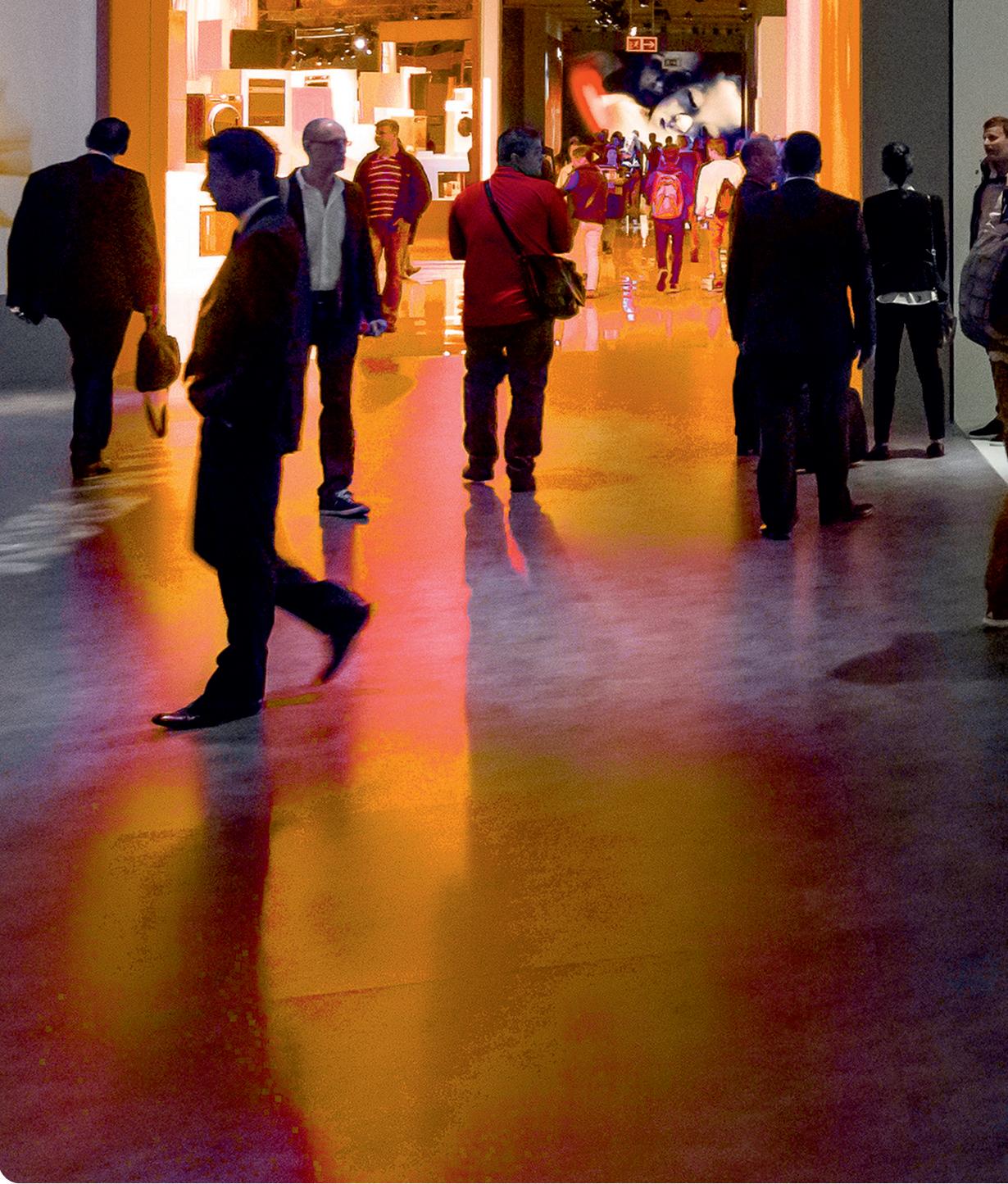








Wearelivinginatimewherevolatilityhasbecome a constant Rapid technological change, geopolitical instability, global health crises, and economic swings are reshaping the rules of business and leadership alike. In this landscape, the demands placed on leaders are evolving just as quickly. The old playbooks no longersuffice.Strategicleadershipinthisnewerarequiresa nuanced balance—between bold innovation, people-centric cultures,andhigh-performanceoutcomes.
Theexecutiveswhosucceedherearenotjustreactive.They are future-focused, purpose-based, and responsive in their action.Theyrealizethatwinningintimesofdisruptionisnot onlyaboutstrategybutaboutthecapacitytochangeforever, buildresilience,andgetpeopletocontributeatameaningful leveltowardscommongoals.
Innovation today is not a choice—it is the driver of survival andrelevance.Butinacompetitivemarketwhereeveryoneis runningtoembracethenewesttechnologyorsubvertcurrent models, strategic leaders differentiate themselves by innovating with purpose. They don't pursue fads to stay current. Instead, they make more fundamental inquiries: What are we trying to solve? How does this further our mission? What value does this add to our customers and stakeholders?
Intheprocess,theyturninnovationfromanad-hoceffortinto a purposeful, systematic force for change. They commit to skillsthatcount—nottoolsandtechnologies,butsystemsfor experimentation, collaboration, and ongoing learning Innovation becomes part of the organization's fabric, allowingittogrowinharmonywiththeworldaroundit.
At the center of every resilient organization are human beings—peoplewhoinfuseenergy,empathy,andimagination into uncertain, dynamic contexts. Strategic leaders understand that transformation cannot occur through processes.Itoccurswhenpeoplearemotivated,enabled,and alignedtoasenseofhigherpurpose.
This is why contemporary leadership is inherently humanfocused. It values psychological safety, active listening, and belongingness It values vulnerability as a strength and recognizes that trust, once achieved, is an extraordinary catalyst for performance. By developing cultures in which workers feel noticed and heard, leaders unlock intrinsic motivationandgenerateasenseofownership.
Human-centeredleadershipalsoinvolvesacknowledgingthe difference of talent, thought, and lived experience as a business strength. The more diverse an organization is, the more innovative and flexible it will be more able to comprehendchangingcustomerneedsandtocreatesolutions thatmirrortheworld'scomplexity.
During times of disruption, organisations find themselves compelled to do more with less. Strategic leaders have no choicebuttocreatesolutionsthatdriveperformancewithout propelling their teams into burnout. This is not merely a matter of workload management—it's about making clarity, establishing priorities, and setting rhythms that permit intensityandrest.
Sustainable performance is based on alignment. As long as peoplegrasphowtheirworkleadstolargergoals,theywork withmorepurposeandsatisfaction.

Leaderswhospeakwithcandor,setcleargoals,andeliminate obstacles to action bring into being environments in which excellence is the natural consequence—not the result of coercion,butofpurposeandempowerment.
Concurrently, great companies care about well-being. They recognizerest,reflection,andreinventionasnotdistractions from productivity, but as pillars of long-term success. Strategicleaderscraftecosystemswherepeoplecangrowup withoutwearingthemselvesdown.
The contemporary leader never works with complete information. It is today's decision-making often which takes placeingreyareas—irregularspaceswheredataisimperfect, outcomes are uncertain, and timelines are tight. What sets greatleadersapartisnottheirexposuretosolutions,buttheir skill in maneuvering those spaces with judgment, humility, andbravery
They know when to hold back and think, and when to act unhesitantly.Theyaskforinputwithoutresortingtoanalysis paralysis. They create space for experimentation, realizing thatfailureisnottheotherendofsuccessbutanintegralpart of the journey They make value-based decisions and are transparentevenwhenthewayaheadismessy
Bydoingso,theyestablishcredibility—notbecausetheyare perfect, but because they are actual, earthy, and open to learninginpublic.
One of the characteristics that define strategic leadership in thisageisthatitunderstandsstrategyandculturearenottwo differentworlds.Theyareveryinterdependent.
Goodstrategiescollapseinculturesthatdon'tchange.Onthe other hand, great culture without direction results in energy withoutoutcome.
Contemporary leaders construct both simultaneously. They synchronizestrategicprioritiesandculturalbehaviorssothat whattheorganizationportraysexternallyisinharmonywith howitactsinternally.Theydon'tjustdefinewhatsuccesswill be,butalsowhattypeoforganizationtheywishtobecomein theprocessofachievingit.
This alignment is particularly important in times of disruption, when organizations are most susceptible to misalignment,disconnection,ormissiondrift.Byanchoring change efforts in common values, leaders ensure that the company advances together—no matter how unknown the terrainmaybe.
There is no going back to the ease of the past. The complexities of the times require more than transactional leadership—they require transformation. Strategic leaders havetobearchitectsofpossibility:courageousenoughtosee what's next, disciplined enough to guide execution, and empatheticenoughtobringpeoplewiththem.
The future will keep challenging assumptions, pushing capabilities,andrequiringreinvention.Butwithaleadership framework that links innovation, people, and performance, organizationscandomorethansurvivedisruption—theycan shapethecontoursofwhat'snext.
Thisisthepromise—andtheburden—ofleadershipintheera tocome.












For Subscrip�on: www.insightssuccessmagazine.com
www.x.com/insightssuccess

